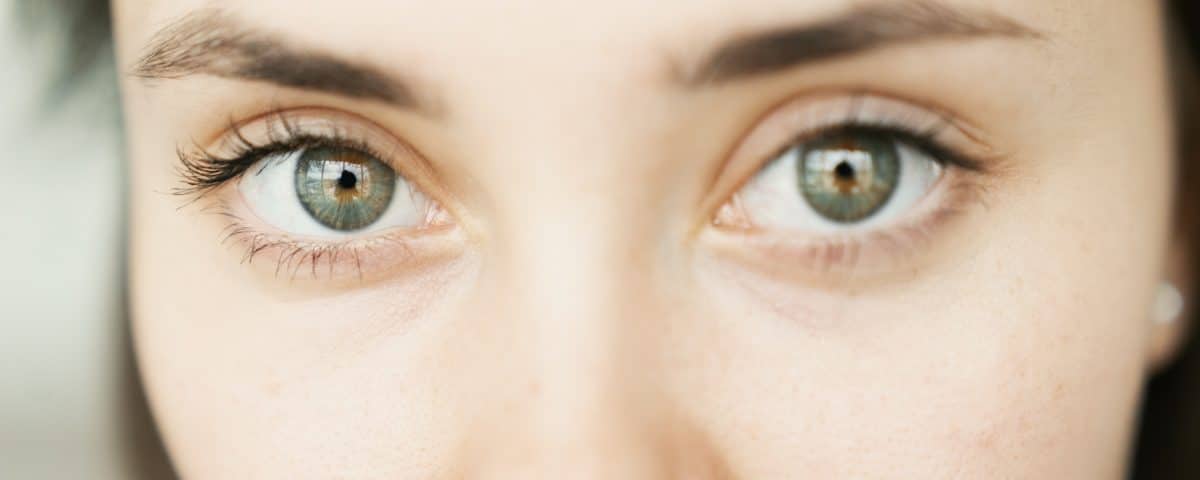
Introduction
In recent years, blepharoplasty surgery has gained immense popularity, particularly in regions like Abu Dhabi and Dubai. As individuals strive to enhance their appearance, the demand for cosmetic procedures such as blepharoplasty continues to rise. Before undergoing this transformative surgery, it’s crucial to understand what to expect before stepping into the operating room.
Understanding Blepharoplasty Surgery
Blepharoplasty in dubai, commonly known as eyelid surgery, is a cosmetic procedure aimed at rejuvenating the appearance of the eyelids. Whether it’s addressing droopy eyelids, removing excess skin, or reducing puffiness, blepharoplasty can significantly enhance the aesthetics of the eyes.
Benefits of Blepharoplasty Surgery
- Enhanced Appearance: Blepharoplasty can provide a more youthful and refreshed look by addressing signs of aging around the eyes.
- Improved Vision: In some cases, excessive skin or fat deposits on the eyelids can impair vision. Blepharoplasty can correct these issues, leading to improved eyesight.
- Boost in Confidence: By achieving desired aesthetic improvements, individuals often experience a boost in self-confidence and self-esteem.
Before the Surgery
Consultation with a Surgeon
The journey towards blepharoplasty begins with a consultation with a qualified cosmetic surgeon. During this initial meeting, the surgeon will assess your candidacy for the procedure, discuss your aesthetic goals, and explain the surgical process in detail. It’s essential to ask any questions you may have and address any concerns during this consultation.
Medical Evaluation
Before and after results blepharoplasty any surgical procedure, a comprehensive medical evaluation is necessary to ensure that you are in good health. This evaluation may include blood tests, a review of your medical history, and possibly a physical examination. It’s crucial to provide your surgeon with accurate information about your health to minimize any risks associated with the surgery.
Discussion of Expectations
Clear communication regarding your expectations is vital for a successful blepharoplasty outcome. Be honest with your surgeon about what you hope to achieve with the procedure. Realistic expectations are essential to ensure satisfaction with the results.
Preoperative Instructions
Prior to the surgery, your surgeon will provide you with specific preoperative instructions to follow. These instructions may include guidelines on medications to avoid, dietary restrictions, and preparations for the day of the surgery. Adhering to these instructions is crucial for a smooth surgical experience.
Day of the Surgery
Arrival and Preparation
On the day of the surgery, you will arrive at the surgical facility, where you’ll be prepared for the procedure. This may involve administering anesthesia, marking the surgical sites, and ensuring that you are comfortable and relaxed before the surgery begins.
The Surgical Procedure
Blepharoplasty surgery typically takes one to two hours to complete, depending on the extent of the correction needed. During the procedure, incisions are carefully made along the natural creases of the eyelids to minimize visible scarring. Excess skin and fat deposits are removed, and the remaining tissues are meticulously repositioned to achieve a natural-looking result.
Recovery Room
Following the surgery, you will be taken to a recovery room where you’ll be closely monitored as the effects of the anesthesia wear off. Your surgeon will provide postoperative care instructions and may prescribe medication to manage any discomfort.
Aftercare and Recovery
Postoperative Care
Proper aftercare is essential for a smooth recovery following blepharoplasty surgery. Your surgeon will provide detailed instructions on how to care for your eyes, manage discomfort, and minimize swelling and bruising. Attend all scheduled follow-up appointments to ensure that your healing progress is on track.
Temporary Side Effects
It’s normal to experience some temporary side effects after blepharoplasty, such as swelling, bruising, and mild discomfort. These symptoms typically subside within a few days to a week after the surgery.
Resuming Normal Activities
While recovery times vary from person to person, most individuals can resume normal activities within a week to ten days after blepharoplasty surgery. However, it’s essential to avoid strenuous activities and protect your eyes from sun exposure during the initial healing period.
Conclusion
Blepharoplasty surgery offers a transformative solution for individuals seeking to rejuvenate their appearance and address aesthetic concerns around the eyes. By understanding what to expect before the surgery and following proper preoperative and postoperative care instructions, you can achieve optimal results and enjoy a more youthful and refreshed look.



















